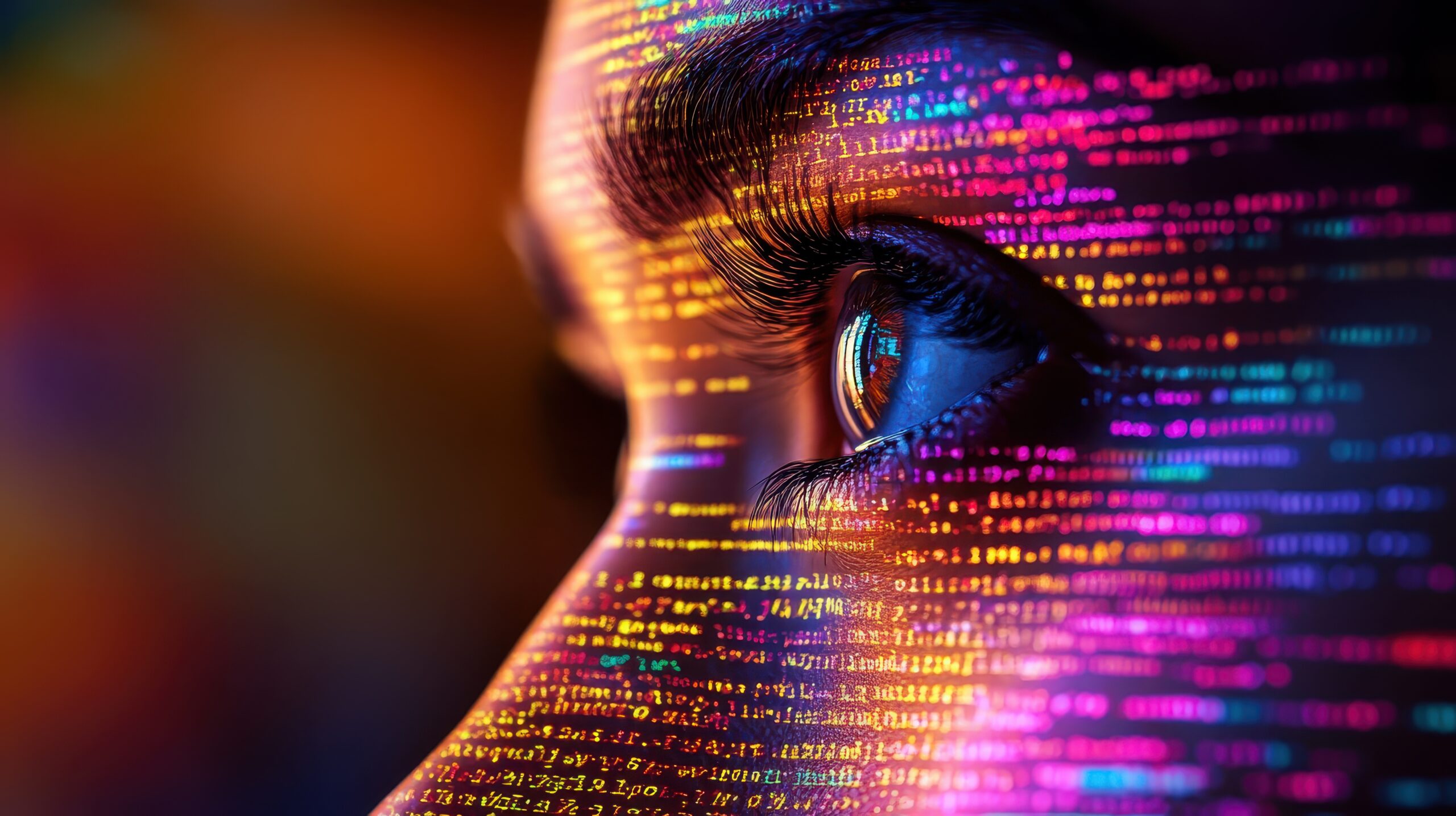News
When UX Meets Algorithms: A Designer’s Guide to Ethical AI
Introduction: The Convergence of AI and UX in Digital Marketing
The rapid evolution of artificial intelligence (AI) is revolutionising digital marketing. Algorithms now determine what content users see, what ads they interact with, and even what emotions are subtly triggered in these interactions. At the heart of this evolution lies a critical intersection: User Experience (UX) and AI.
When UX meets algorithms, the experience can either become a highly personalised journey or a manipulative maze. For marketers and designers in the UK and beyond, understanding how to build ethical, user-first AI is not just a technical challenge but a moral imperative. This article serves as a comprehensive guide to this ethical convergence — specifically tailored for the digital marketing domain.
The Digital Marketing AI Boom — And Its UX Implications
Artificial Intelligence has been widely adopted in marketing over the past five years, transforming everything from content creation to customer segmentation. In the UK alone, 43% of businesses are already using AI technology in some form, particularly in marketing and sales (source: https://www.statista.com/statistics/1288090/ai-usage-businesses-united-kingdom/).
However, these transformations often prioritise efficiency and profitability over ethical design principles. Consider personalised ads powered by machine learning: while they can improve conversion rates, they also raise serious questions about data consent, manipulation, and the erosion of user agency.
Digital marketers must therefore walk a fine line — leveraging AI to enhance experience without compromising integrity. This is where user-centred design meets algorithmic ethics.
Part One: Understanding the Algorithmic Mindset
1.1 What Are Marketing Algorithms, Really?
Marketing algorithms are essentially decision-making systems that process data and deliver outcomes such as content recommendations, bid optimisations in programmatic advertising, and predictive analytics for customer behaviour.
These systems often rely on machine learning, which allows them to ‘learn’ patterns in user behaviour and adapt in real time. This can drastically increase the effectiveness of campaigns — but it also means decisions are made in a black-box manner that even marketers might not fully understand.
1.2 The Algorithm Knows Best — Or Does It?
The assumption that “the algorithm knows best” can result in a loss of critical thinking and human-centred design. Designers must scrutinise how algorithmic outputs are integrated into user experiences. For example, if an AI suggests showing emotionally manipulative content to increase engagement, is it ethical to implement that blindly?
This brings us to the concept of algorithmic UX — a user experience partially or wholly shaped by autonomous systems. Designers must become co-pilots of these systems, ensuring they serve user goals and uphold ethical standards.
Part Two: The Ethical UX Framework for AI in Marketing
2.1 Principle One: Transparency
In the UK, the General Data Protection Regulation (GDPR) mandates that users must be informed about how their data is being used. But compliance is only the minimum standard.
Designers should go further — building interfaces that clearly communicate when AI is in play. Think of Spotify’s “Made for You” playlists or Google’s “Why this ad?” feature. These help demystify the algorithmic processes for users.
Best Practice: Use accessible language to explain how content is being personalised and what data points are influencing it.
2.2 Principle Two: Fairness and Bias Mitigation
AI systems can inadvertently reinforce biases present in training data. In marketing, this could mean under-serving certain demographics or over-targeting vulnerable groups.
A 2024 UK study found that algorithmic targeting in job advertisements was skewed by gender and age, disadvantaging older and female applicants (source: https://www.cipd.org/uk/knowledge/article/ai-recruitment-bias/).
Marketers must actively counteract this by auditing AI systems for bias and introducing fairness metrics into their KPIs.
Best Practice: Use diverse datasets and periodically review algorithmic outputs for unintended discrimination.
2.3 Principle Three: Empowerment Over Manipulation
Persuasive design is a staple in marketing, but when AI is used to exploit cognitive vulnerabilities, the ethical line is crossed.
Consider the infamous “scarcity countdown timers” or “recommended just for you” nudges that create false urgency. While effective in boosting short-term sales, these tactics damage long-term trust.
Best Practice: Design AI-driven interfaces that inform and guide rather than manipulate — fostering informed decisions rather than coerced conversions.
Part Three: Designing Ethical AI Experiences in Practice
3.1 Personas and Journey Mapping with AI in Mind
Traditional UX design starts with understanding the user. When AI enters the picture, personas must now include data touchpoints, algorithmic interactions, and predictive outputs.
For example, a persona for “Tech-Savvy Tom” might include:
- Frequently interacts with smart assistants.
- Prefers control over personalised content.
- Is wary of over-collection of personal data.
Journey maps should now account for algorithmic decisions — such as personalised emails, chatbot interactions, and automated ad placements — and evaluate them from an emotional and ethical perspective.
3.2 Data Ethics in UX Copywriting
Microcopy — the small snippets of text in apps and websites — plays a huge role in guiding user behaviour. When AI is in the mix, clarity becomes paramount.
Phrases like “We use AI to personalise your experience” are vague and potentially misleading. Instead, be precise: “We use your browsing history and recent purchases to recommend similar items.”
Tip: Always include a “Learn more” or opt-out link. The goal is to inform, not obscure.
3.3 Prototyping for AI Behaviour
Modern design tools like Figma or Adobe XD now support plugin-based integrations with AI, allowing designers to prototype not just static screens but intelligent behaviours.
For example:
- Mocking up how a chatbot might escalate a query to a human.
- Simulating content recommendations based on user segments.
- Testing sentiment analysis on UX tone.
This early-stage simulation allows teams to predict how the AI will behave in the wild — and spot red flags before they go live.
Part Four: Case Studies — The Good, The Bad, and The Murky
4.1 The Good: Monzo’s Transparent Notifications
UK-based Monzo Bank uses algorithms to notify users of suspicious spending patterns or subscription charges. Their UX is simple, informative, and transparent — explaining how the AI arrived at the conclusion and what the user can do about it.
This builds trust and empowers users to make decisions — a hallmark of ethical AI.
4.2 The Bad: Cambridge Analytica
Though not a marketing campaign in the traditional sense, the infamous misuse of Facebook data by Cambridge Analytica highlighted how algorithmic targeting can be weaponised. The scandal eroded public trust in both social media platforms and digital marketing ethics.
4.3 The Murky: TikTok’s Personalised Feed
TikTok’s “For You” page is an AI marvel — serving content with uncanny precision. But it has also been criticised for promoting harmful content and creating addictive loops.
Designers must ask: Is our experience promoting wellbeing, or simply optimising engagement at all costs?
Part Five: Collaborating for Ethical AI — Roles and Responsibilities
Ethical AI in marketing is not the sole responsibility of designers. It requires collaboration across:
- Data Scientists: To ensure data sets are diverse, clean, and responsibly sourced.
- Developers: To implement transparency tools and audit trails.
- Marketers: To balance ROI with long-term brand trust.
- UX Writers: To craft clear, honest narratives around AI usage.
Workshops, ethics checklists, and pre-launch audits can help foster shared accountability.
Future Trends: The Rise of AI Design Systems
As AI becomes embedded into martech stacks, companies are building AI-specific design systems. These include:
- AI microinteractions (e.g. adaptive buttons).
- Ethical pattern libraries.
- Consent-first data collection modules.
Such systems can standardise ethical best practices across teams — ensuring consistency and reducing the risk of unethical deployments.
Conclusion: Towards a More Humane Algorithm
In the algorithm-driven future of digital marketing, ethics cannot be an afterthought. When UX meets algorithms, designers have a unique opportunity — and responsibility — to ensure technology serves humanity, not the other way around.
As British businesses continue to innovate with AI, those who lead with ethical UX will build not just better campaigns, but better brands.
After all, the best user experiences are not just efficient — they are trustworthy, empowering, and human.
Further Reading & Resources:
















The Ultimate Social Media Guide
With the ever-growing power of social media, we use the latest techniques, video, and animation software to craft eye-catching social media assets that make your brand pop. Our designers, wielding Adobe Creative tools, create distinctive animations and graphics to illuminate your brand story and highlight your products or services. Want a unique design? No problem – we also offer bespoke designs to match your brand aesthetic.